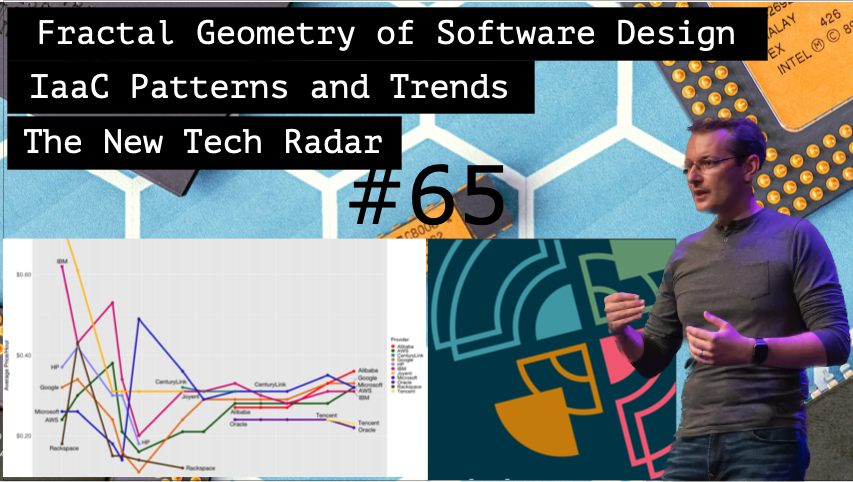Architecture Weekly Issue #65. Articles, books, and playlists on architecture and related topics. Split by sections, highlighted with complexity: 🤟 means hardcore, 👷♂️ is technically applicable right away, 🍼 - is an introduction to the topic or an overview. Now in telegram as well.
WARNING 🇺🇦
It's already been a year since Russia's crazy, brutal and unjustified war against Ukraine. We condemn this war and want it to stop ASAP. We continue this newsletter so you can advance your skill and help the millions of Ukrainian people in any way possible. If you want to help directly, visit this fund.
Highlights
Tech Radar by Thoughtworks 👷♂️
The new issue of the Tech Radar by Thoughtworks. This time they highlight the rise of AI Tools for Software Development, marking GitHub Copilot for "Assess", highlighting the ease of adding accessibility to web and mobile applications and warning about the proper use of Lambda functions. See more details there!
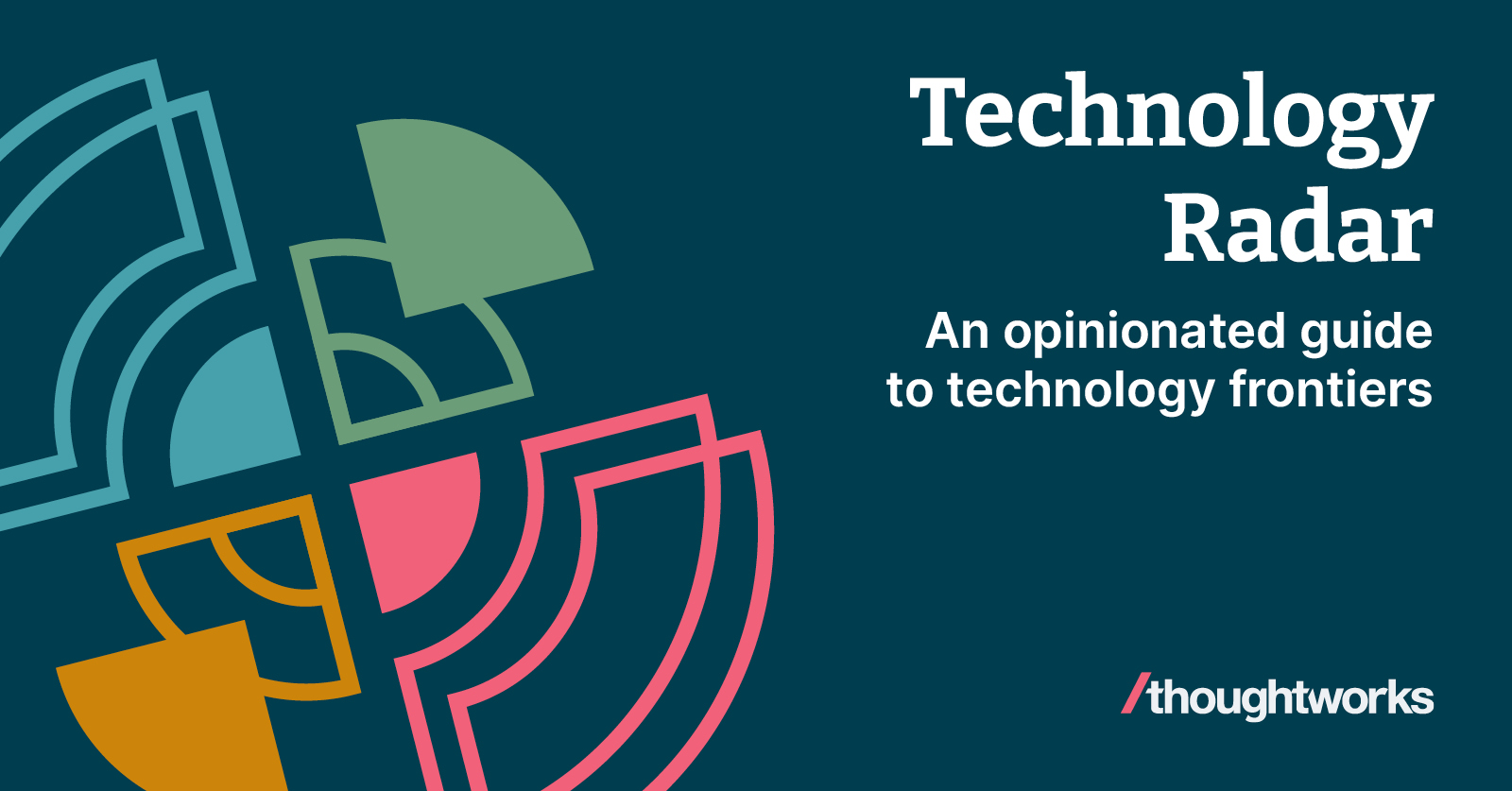
#techradar
IaaS pricing patterns and Trends 2022 👷♂️
A major part of choosing a platform to host the solution is the cost. That's why it is useful to understand the cloud vendor's landscape regarding the price. Here you can find a report on pricing patterns and trends with data gathered at the end of 2022. Unfortunately, the vendors make it impossible to compare the VMs offerings, but the report tries to do it best. Looks like VMs are the most expensive at Amazon, but the disks there are the cheapest... but there is a lot of parameters inside.
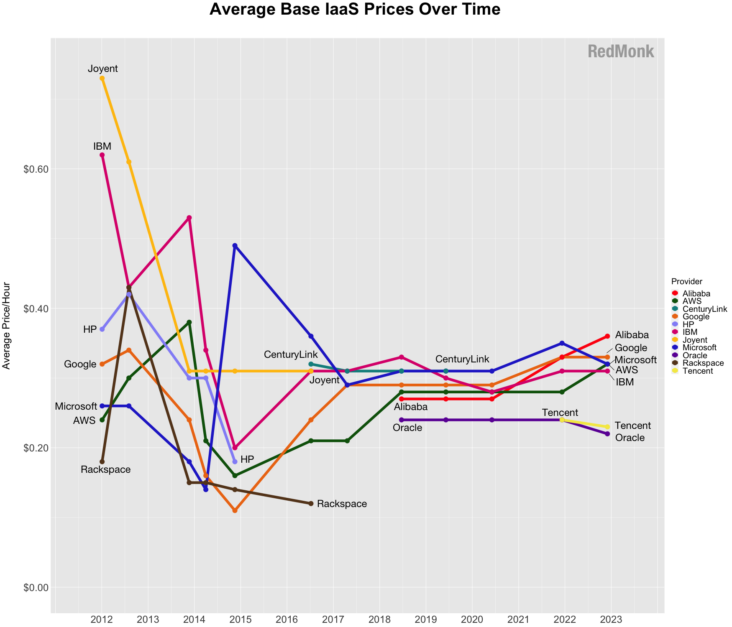
#cloud #cost
The Fractal Geometry of Software Design 🍼
Vlad Khononov is one of my favourite authors on DDD. This time I am sharing his talk about energy transfer systems, which software design can relate to. And as such systems happen to be fractals, software design has the same patters. Sounds intriguing? Watch the video!
#video #ddd
Follow Up
Intro to AWS Well-Architected Framework 🍼
If the organization is new to the cloud of need a substantial architecture change, AWS can support it with it's Well-Architected Framework: the collection of articles and papers on how to do things right, including Operational Excellence, Security, Performance and other important aspects called pillars. See more details in the article by "A Cloud Guru".
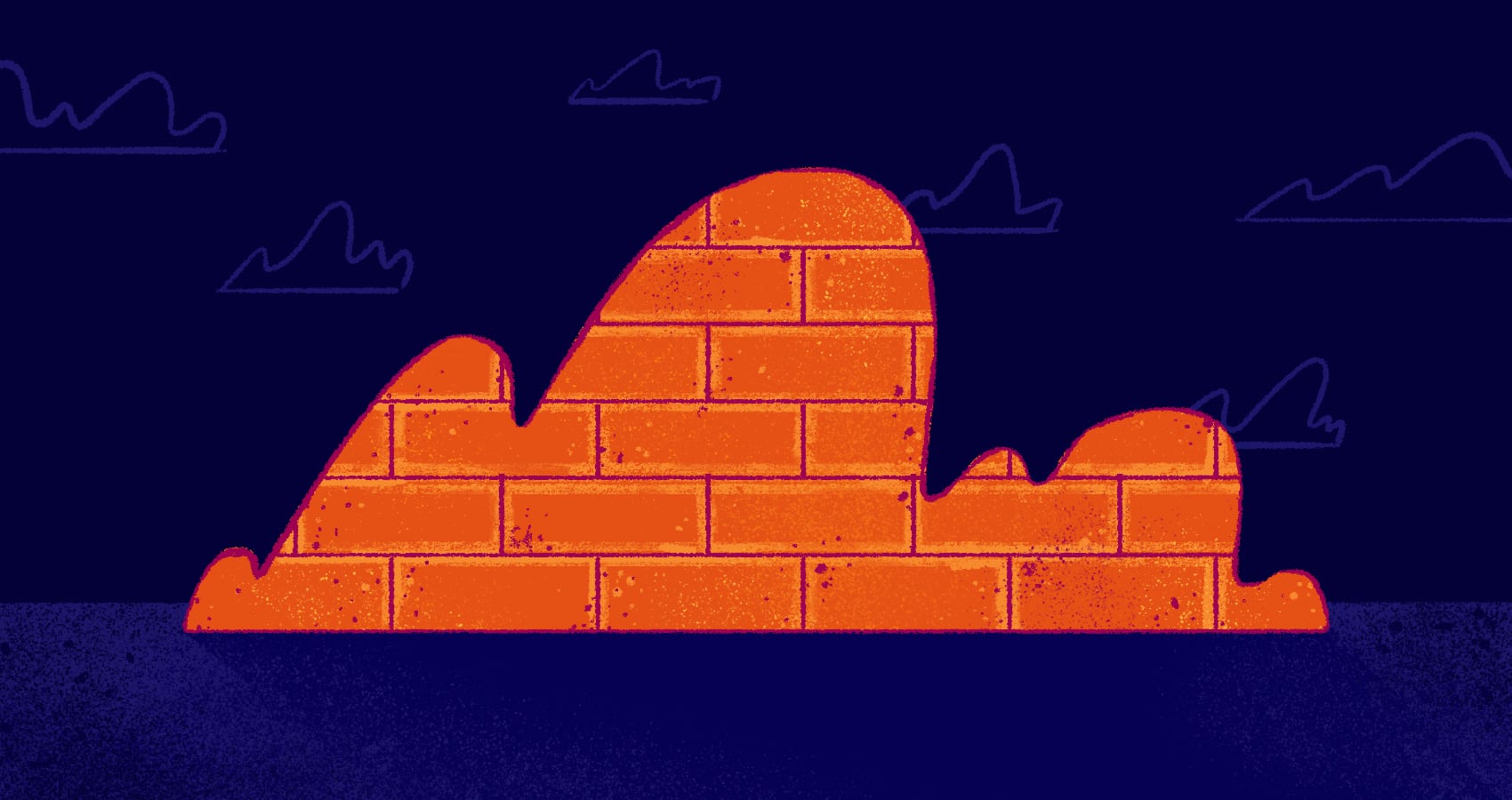
#aws #cloud #architecture
A brief history of high availability 👷♂️
What does high availability mean in particular? What's the difference between fault tolerance and high availability? How we came up with multi-active availability for databases? The answers to those questions you will find in the article in the Cockroach Labs Blog.

#db #availability #replication
How RocksDB works 🤟
Previously we already considered how some of the database engines could work, for example how B-trees can be leveraged for reading and writing data. I stumbled upon the article by Artem Krylysov where he explains how the RocksDB work - an embeddable database that powers Yugabyte, TitaniumDB and others - which happen to use LSM - a log-structured merge tree. Follow the article for the details!
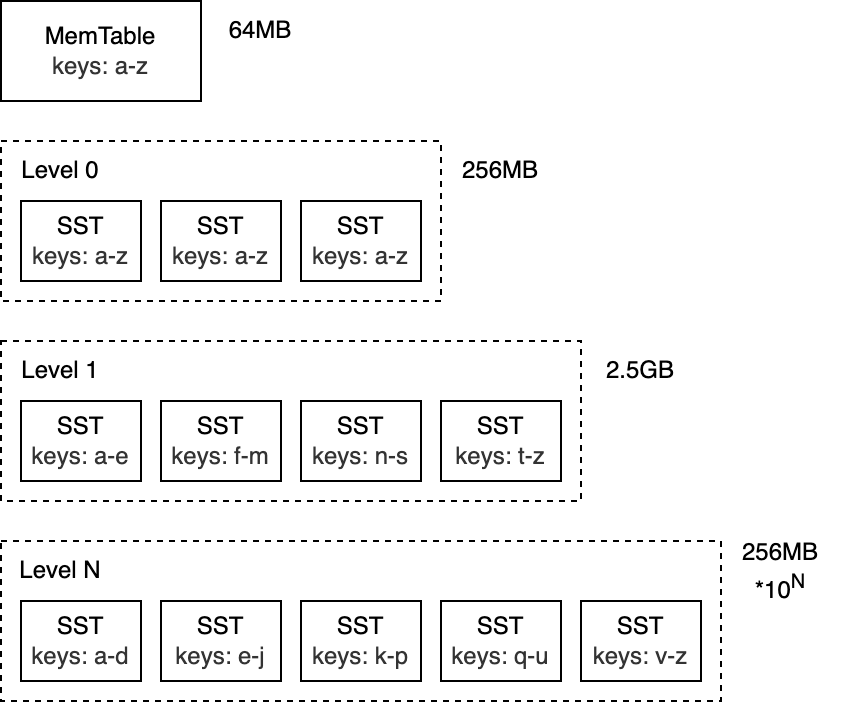
#db #lsm
Cross-shard transactions at 10 million requests per second
Two-phase commits is a long-known technique for distributed transactions. Dropbox blog contains an article with the story of the implementation of this easy-on-paper protocol within a cluster of thousands of MySQL databases handling petabytes of metadata to support user-facing features. Follow the fascinating journey!
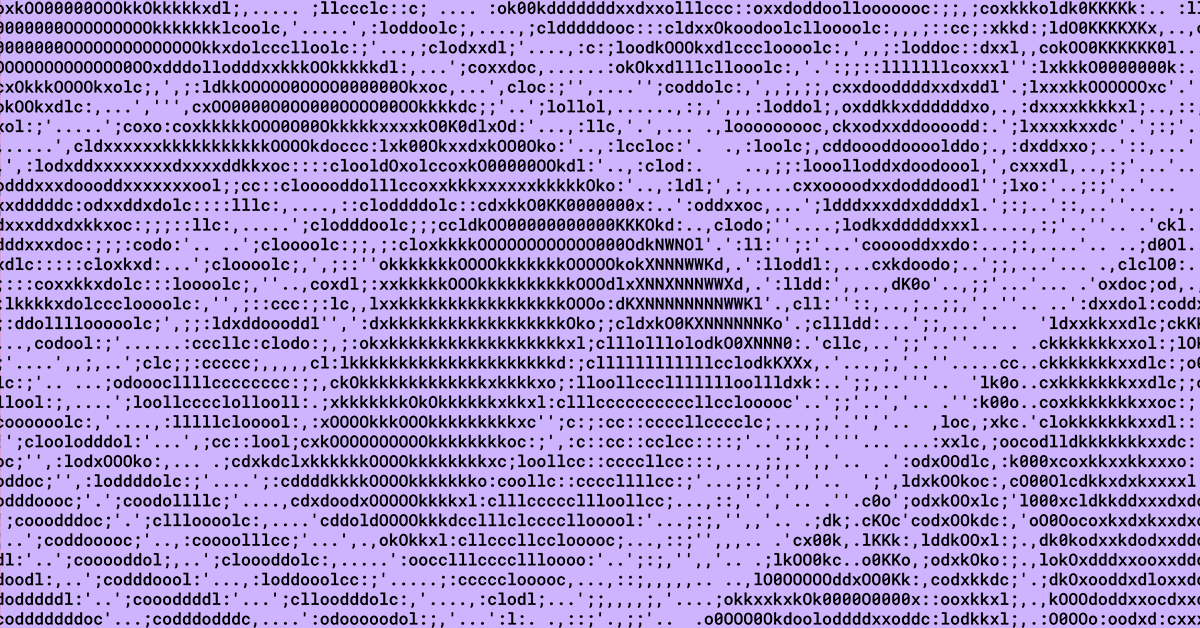
#databases #2pc
Replacing RabbitMQ with the Postgres Queue
Usually, when you need some queue processing you switch from a database implementation to something like Kafka. But Prequel did the opposite: having RabbitMQ to manage task queues they decided to switch to a PostgreSQL table because it is impossible to disable message prefetching in Rabbit. Have more details inside!

Grokking Scalability for System Design 👷♂️
And another primer on system design! This time on scalability. Find out the 2 types of scalability, the tactics for it and overall approaches in the Grokking Scalability article.
Like the newsletter? Wanna receive new content earlier, than everybody else? Consider helping to run it at Patreon or Boosty. The funds go to pay for the hosting and some software like a Camo Studio license. Patrons and Boosty subscribers of a certain level also get access to a private Architecture Community and of course every supporter gets early access. Big thanks to Nikita, Anatoly, Oleksandr, Dima, Pavel B, Pavel, Robert, Roman, Iyri, Andrey, Lidia, Vladimir, August, Roman and Egor for already supporting the newsletter. Join them as well!

